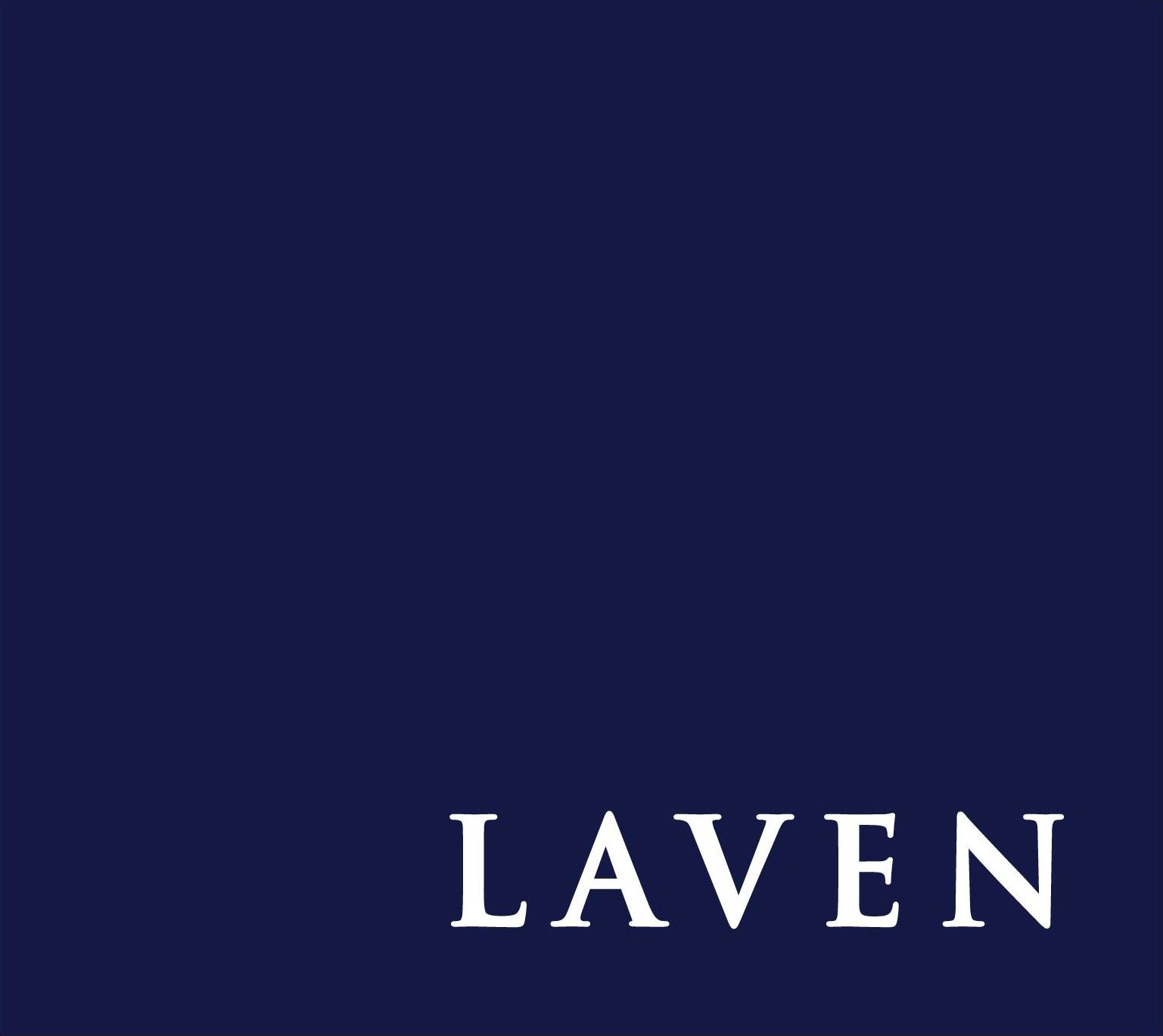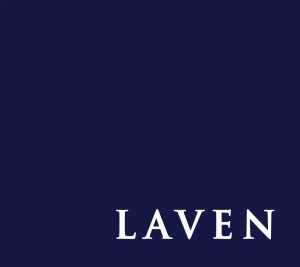On 22 July 2013, the FCA issued a press release stating that they had fined a US based high frequency trader, Michael Coscia, for market manipulation. The FCA took enforcement action against Coscia after finding evidence that he had placed thousands of false orders for Brent Crude, Gas Oil and Western Texas Intermediate futures on the ICE Futures Europe exchange (ICE) in the UK.
Coscia was not an FCA approved person or an ICE member. However, he chose to operate under the sphere of the FCA’s enforcement power by trading in the UK through a Direct Market Access provider – granting them the power to fine an American for market manipulation.
Coscia was fined for using a computer program of his own design to engage in a ‘layering’ strategy. This involved placing a legitimate, small order (which he intended to trade) on one side of the order book followed by a series of large, fabricated orders on the other side, in order to mimic orders placed by other market participants and to create a false impression of liquidity for those products, inducing the market to trade the smaller orders. As soon as the small order was sold he would immediately cancel the fabricated large orders he had placed. Coscia would then repeat this pattern on the opposite side of the order book in order to generate price movements which he took advantage of to generate approximately USD 279,920 over a six week period.
Although the initial penalty would have been USD 1,155,076 (around £765,000), Coscia decided to settle early on in the investigation and thus qualified for a 30% (stage 1) discount. As a result the final fine was only USD 903,176 (around £598,000).
So what does this mean for high frequency traders?
This is an important development as it is the first time the FCA has taken enforcement action against a High Frequency Trader.
High frequency trading began to come under increased scrutiny after automated trading was blamed for exacerbating the “flash crash” on Wall Street in May 2010 when a free-fall in blue chip stocks temporarily wiped out USD 1 trillion in shareholder equity, then recovered almost as quickly. In early 2013, the Upper Tribunal (Tax and Chancery) held, in the Swift Trade Inc v The Financial Services Authority (FSA) decision, that ‘layering’ does constitute ‘market abuse’ (as defined under s.118 of the Financial Services and Markets Act 2000), and found the Canadian company liable for an impressive £8 million. In light of this decision, regulators now have greater certainty regarding actions against market abuse, as evidenced by the Coscia fine.
The FCA has certainly turned its attention towards the complex world of high frequency trading in recent months and, in doing so, has uncovered corrupt practices designed to abuse the market and undermine its integrity; such as layering and quote stuffing. Some believe the way forward is to do away with high frequency trading all together; however, even Tracey McDermott, the FCA’s Director of Enforcement and Financial Crime, recognises that this is an inappropriate reaction as she states: “High Frequency Trading and the use of algorithms are an important and commonplace part of the markets nowadays.” More probable policy measures to keep the high frequency trading industry in check include: resting periods (of several hundredths of a millisecond to slow down trading), notification of algorithms, and fees on orders to de-incentivise cancellations and deliberate over-ordering.




